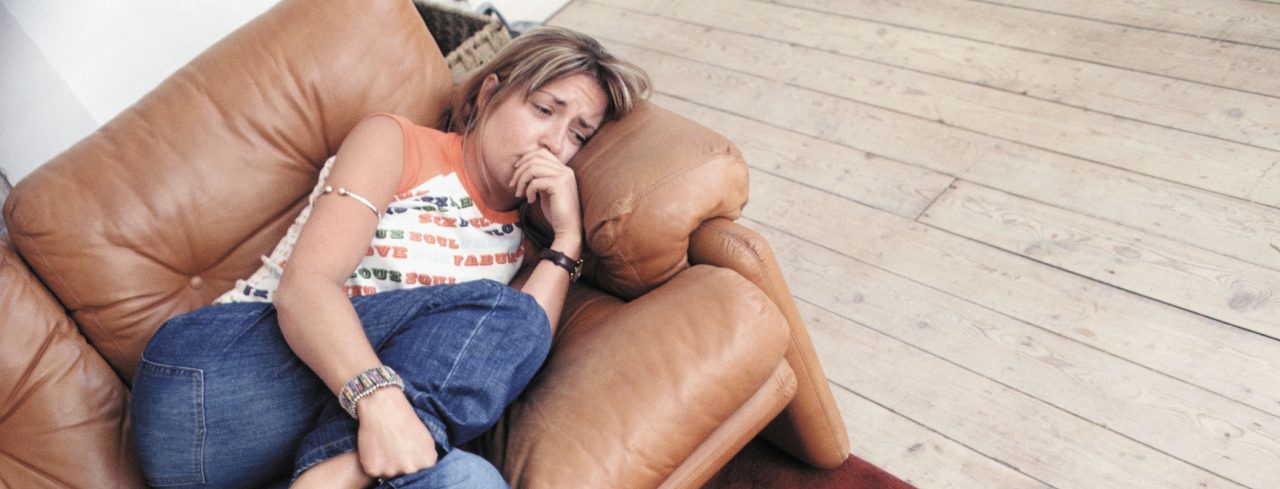Types of Schizophrenia

There are five types of schizophrenia, although the symptoms overlap and you can have more than one at a time. Here's what you should know about those types.
The early stages of schizophrenia may look more like mild depression. You might spend less time with friends, become irritable, and have trouble sleeping and thinking clearly enough to work. Over time, you lose motivation, are unable to pay attention, and become isolated.
You might take less care of yourself — skipping showers and wearing the same clothes. You might become suspicious of people.
Eventually you might experience psychosis. You might hallucinate — hearing voices when you’re alone or seeing ghosts. You might have delusions, such as thinking you are Jesus Christ.
YOU MIGHT ALSO LIKE: Early Signs of Schizophrenia
Schizophrenia usually appears after the age of 16 and before the early 20s in men and in the late 20s or early 30s in women. To be diagnosed with schizophrenia, the symptoms need to occur over six months.
There are five types of schizophrenia: paranoid, hebephrenic, undifferentiated, residual, and catatonia.
In the “Diagnostic and Statistical Manual of Mental Disorders,” the types of schizophrenia are no longer separate diagnoses. Instead, they are considered subtypes of one diagnosis, schizophrenia. The change recognizes how often symptoms overlap and when people fall into more than one subtype.
Types of schizophrenia
- Paranoid schizophrenia is the most common type. In this subtype, your hallucinations might frighten you. You will be suspicious of other people. You might string words together randomly (word salad) and repeat what other people say for no reason (echolalia) or skip quickly from one topic to another. You might have poor concentration, become impulsive, and show little emotion (flat affect).
- Hebephrenic schizophrenia is sometimes called disorganized schizophrenia. You won’t have hallucinations or delusions, but you will have a flat affect, inappropriate emotions, speak strangely, and have trouble thinking and following your usual routines.
- With undifferentiated schizophrenia, you show symptoms of more than one type of schizophrenia.
- People with residual schizophrenia no longer have symptoms like hallucinations or delusions, but they still might speak slowly and have poor hygiene and a flat affect. Because psychotic symptoms can fluctuate — disappearing and then returning in spells — in all people with schizophrenia, this term is no longer common.
- With catatonic schizophrenia, you sometimes are catatonic: You don’t move. You might also mimic other people, stop talking, or look like you’re in a stupor, although you can move.
Sometimes schizophrenia appears earlier, in young teens or even earlier, although that is rare. A child will be evaluated for autism spectrum disorder as well. You might see delays in language and delays in crawling and walking or odd movements.
Related disorders
- Schizoaffective disorder includes symptoms of schizophrenia as well as mania alternating with depression or just depression.
- With schizophreniform disorder, symptoms do not last for six months.
Treatment for schizophrenia includes a combination of medication and therapy. Especially in the beginning, patients take antipsychotics daily or get injections once or twice a month.
Therapies to help patients cope with life help prevent hospitalizations. Coordinated care that includes family and support for education and employment can change a patient’s future.
The National Institute of Mental Health Recovery After an Initial Schizophrenia Episode (RAISE) research project provides coordinated care early to minimize disability over time.
Updated:
July 25, 2023
Reviewed By:
Janet O’Dell, RN